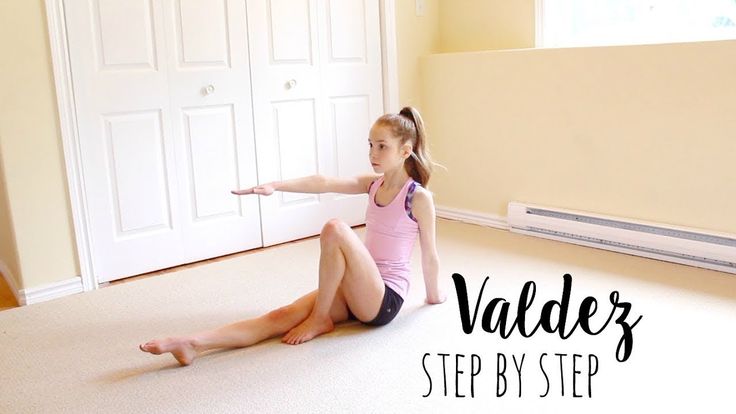How to become an amazing dancer
The Ultimate Beginner Dance Guide
Do you want to be a good dancer? Well, you've come to the right place.
STEEZY has organized this guide to being a good dancer into 16 steps:
- Get inspired
- Warm up and stretch
- Study music
- Learn basics and grooves
- Take dance classes
- Train technique and execution
- Learn to dance with feeling
- Explore through freestyle
- Create choreography
- Find what makes you unique
- Stay growth-minded
- Kill it on stage
- Become a leader
- Collaborate with others
- Share your work
- Take care of your body
Keep reading to see how you can become a good dancer – starting today.
P.S. Ready to start dancing now – like RIGHT NOW? Head on over to STEEZY Studio: the best place to take dance classes online.
We have a 10-day "Intro to Dance" program that's designed to get you moving and grooving, step-by-step, so you can get down in any social setting and lay the foundation for any other type of dancing you wanna do.
Click here to take the first four days for free!
1. Get inspiredWhether it's your first week or 10th year of dancing, the key to being a good dancer is wanting to be a good dancer. Remind yourself why you think dancing is fun or cool in the first place!
This "why" is gonna keep you going in the times you feel defeated or lazy.
Feed your inspiration by watching dance videos, talking to your dance friends, going to dance shows – whatever makes you feel that spark again.
2. Warm up and stretchBefore you start dancing, you need to make sure your body is ready for it! Because trying to dance when your body’s cold and stiff is no fun.
Pulling a muscle and sitting out is even less fun. And getting seriously injured is no fun at all.
Warming up and stretching before you dance will help you move with wider range of motion and more control, and help prevent injuries.
Follow these diagrams for an easy, quick daily stretch routine: Do These Stretches To Help You Dance Better (And Stay Injury-Free!)
And watch this video on how dancers should and shouldn't stretch:
3. Study musicTraining your body is just one part of becoming a good dancer. Studying music will to give you a much, MUCH better understanding of how dance to it.
Dance is, after all, your body becoming a physical representation of the way that music sounds. Those dancers that you watch that somehow become the music?
They do this by first understanding the sounds mentally. Read this to study dance musicality: What Is Dance Musicality?
Read this to study dance musicality: What Is Dance Musicality?
And watch this video to learn how to count like a dancer:
4. Learn basics and groovesNarrow down the styles you want to learn, and focus on the foundational movements of that style. Something that all dance styles have in common is a groove.
You probably groove all the time already! Do you bob your head while listening to music in the car? Do you go to the club and sway side to side to the beat?
Those are all grooves! Of course, there are so many different grooves – some have official names and techniques that you can learn.
Bianca Vallar teaches tons of easy Hip-Hop-influenced grooves in her "Intro to Dance" program on STEEZY Studio.
Practicing grooves and getting comfortable with how your body moves will make you look better dancing in class, at a performance, anywhere.
Carlo Darang talks about grooving and loosening up:
5. Take dance classes
Taking classes at a studio is a great way to learn choreography, practice performing, and meet new dancer friends! Not sure how to find one?
Use this guide for How To Take a Dance Class.
And if you're not quite ready to head to an IRL dance studio, try taking online dance classes, right at home.
In this video, professional dancer Alexander Chung shows you how to do just that:
6. Train technique and executionTechniques and foundation are the ABC's of all movements.
Drilling techniques will ingrain that movement into your muscle memory, so you can just do those without thinking.
For example, doing Popping exercises will train your control, power, and understanding of your muscle groups.
Learning House steps will make you more comfortable with your footwork.
Ballet can train, well, pretty much every part of your body.
Whatever the style, focus on the elementary techniques first using this easy-to-follow training method:
7. Learn to move with feelingExecuting movement the way you want has a lot of different parts.
There are the technical parts (which you'll master through learning the basics of a dance style and taking lots of classes) and the artistic parts (which you'll learn by connecting to the music and finding ways to convey the feeling of a sound).
While it's important to start your dance training by learning the more technical building blocks that you'll need to move your body in a way that looks cool, confident, and relaxed, the next phase of your training should be focused on becoming THAT dancer –
The person who walks onto the dance floor or stage and makes EVERYONE think: wow, they don't dance to the music. They become the music.
They become the music.
To do this, you'll need to learn all about texture, which is how dancers describe how sounds feel.
For example, the sound of a cymbal being struck might feel sharp and sudden.
Or the sound of a bass note might feel intense and deep, like a boom that reverberates through your chest.
So when you hear a cymbal you might dance sharp and fast.
When you hear a bass, you might use heavy, grounded movements.
Learn more about texture in this video!
8. Explore through freestyle dancingFreestyling is a great way to practice your fundamentals, get in touch with the music, and to explore the ways your body wants to move.
Here's a more comprehensive guide on freestyling: How To Freestyle Dance
If you feel insecure about your freestyling, then watch this video:
9. Create choreographyMaking choreography is a great way to challenge yourself as a dancer.
You'll be pushed to come up with creative new moves, freestyle, and pay attention to music in ways you never did before.
Never made a piece before? We got you: How To Choreograph A Dance In 6 Simple Steps
Watch this video when you get stuck:
10. Find what makes you uniqueThe most captivating dancers are the ones who have found their own voice and learned to use it.
Think about your music tastes, develop your natural groove, embrace those weird poses your body comes up with.
Your unique style won’t just make you a better dancer, it’ll make you the best dancer you can be.
Don't pigeon-hole yourself into a "type" of dancer. Let yourself explore all different kinds of dance, let yourself fail, let yourself keep striving for growth.
Read tips on becoming growth-focused! 5 Ways Your MINDSET Is Holding You Back As A Dancer (And How To Change It!)
If you’re constantly growing, even in baby steps, you’ll soon be at a level you never thought possible.
So keep growing, keep changing, keep evolving – one day at a time.
Scared of judgement from others? Watch this video:
12. Kill it on stageDance is a performance art – so being a great dancer means that you know how to kill it on stage.
The next time you're at a show or competition, or filming a video, bring out your best performance.
Try these tips: 7 Easy Ways To Kill It On Stage
Make sure all eyes are on you.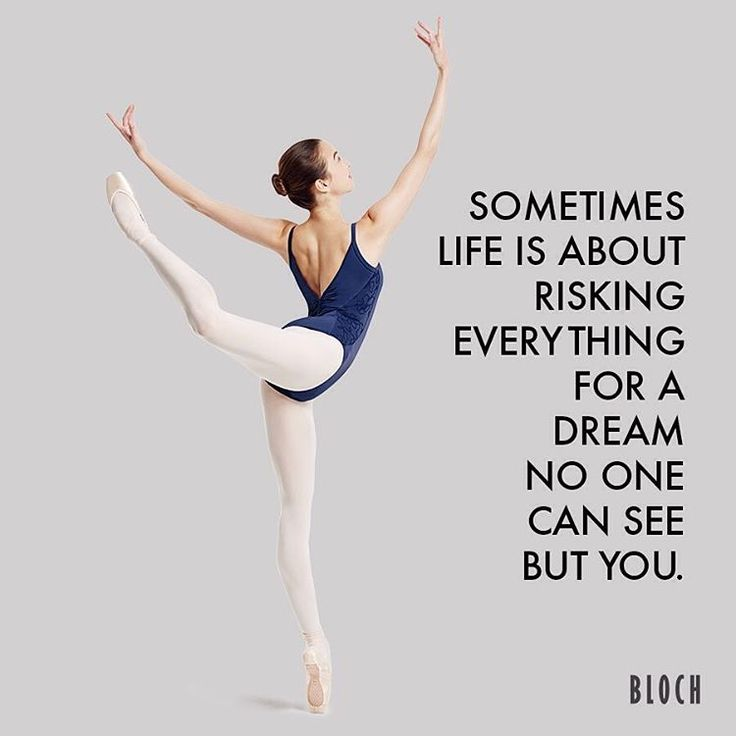
Read: How To Dance Bigger, Stronger, And More Full Out
13. Become a leaderIf you want a push yourself even further, then consider being a captain or director of your dance team.
Not only will being a leader teach you management and communication skills, it's an opportunity to give back to a team and community that gives you so many opportunities.
It all starts with the 'why.'
Write your team's mission statement the help of the pioneers: Dance Leadership Tools From Arnel Calvario And Anna Sarao
14. Collaborate with othersWe’re blessed to be surrounded by talented, passionate, like-minded individuals in our community.
Share the love by collaborating with other dancers – this can mean working together to create a piece, host a workshop, whatever!
Tips on joint choreography creation! How To Collab With Someone To Make A Piece
15. Share your workIt's not about the video.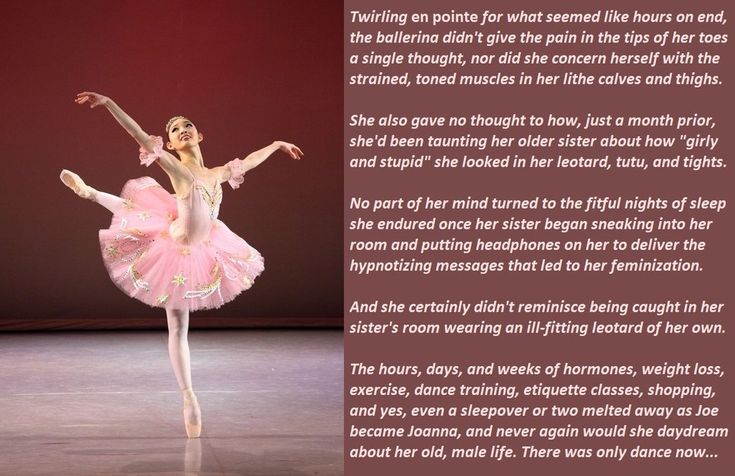 But if you worked hard on a piece or enjoyed teaching a class, do share! Your work can inspire someone else, and push you to create better.
But if you worked hard on a piece or enjoyed teaching a class, do share! Your work can inspire someone else, and push you to create better.
Though our bodies are the very tool we use for dance, many of us neglect it.
A healthy, nourished, hydrated body will perform much better than a weak, stiff, dehydrated one in any dance setting.
Be a good dancer by keeping your body in optimal, dance-ready condition.
Do these things to be in tip-top shape: How To Take Care Of Your Body As A Dancer
Being a good dancer is a journey that looks different for everyone. Take the tips you need in yours to make your growth more focused and efficient!
We hope this helped you understand how to be a good dancer.
How To Become A Better Dancer: 5 Tips -
So you want to know how to become a better dancer?
Here are 5 important tips that will help you improve as a dancer fast:
1.
 Take Lessons Consistently (You’re not special)
Take Lessons Consistently (You’re not special)Some people think that they can get good without ever taking any dance lessons…
This is a mistake. Think about everything else you ever learned in your life, did you just wing it? No, you probably took lessons to become good at it. The same goes with dancing. You can take lessons in person or online. For in-person lessons you can do group classes or private lessons. For online lessons you can learn from videos. Check out our online Ballroom dance videos here.
Furthermore, it is important to take the time to find the right dance teacher for your goals, because some are definitely more qualified than others. My recommendation is try out a lesson with several teachers before committing to one specific dance instructor. Read our article on what makes a good dance teacher.
2. Practice Daily At Home/Studio
One of the most important habits you need to adopt is daily consistent practice. No matter how naturally good you are, you need to practice if you want to become a better dancer.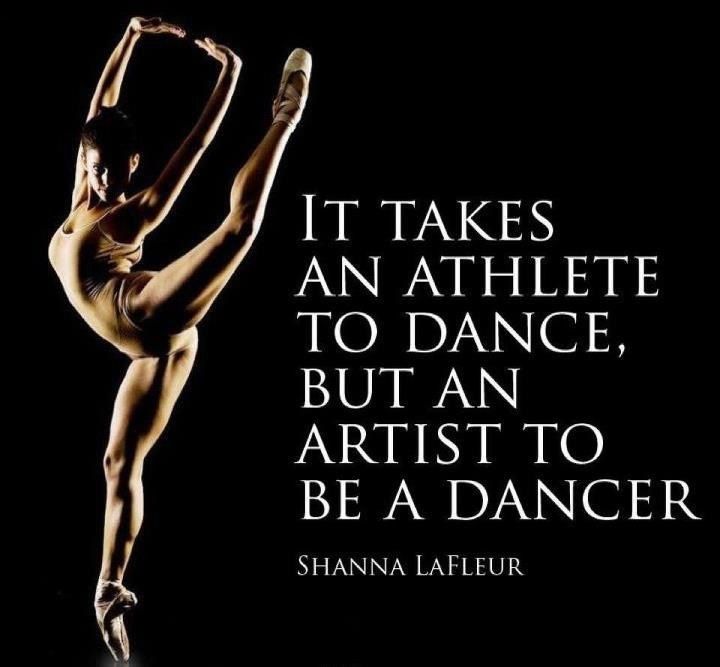 Many people assume that just because they take lessons, they don’t need to practice. This could not be further from the truth. It is precisely because you take dance lessons, you need to practice even more to make sure you retain everything you’ve been learning.
Many people assume that just because they take lessons, they don’t need to practice. This could not be further from the truth. It is precisely because you take dance lessons, you need to practice even more to make sure you retain everything you’ve been learning.
Becoming a better dancer requires muscle memory. And muscle memory requires a lot of repetition through practice. So don’t overthink it – simply make some room in your living room, get a mirror and practice the things you worked on at your last lesson/class. Check out our practice guide for Ballroom dancers.
3. Have A Goal
One of the fastest ways to improve your dancing is simply to have a goal to work towards. The goal can be a performance at your studio’s showcase or party. It can also be a dance competition. Even if you don’t want to perform you can still come up with a social dance goal such as “be able to dance comfortably at next month’s party”. Be creative with it as there is no wrong or right goals.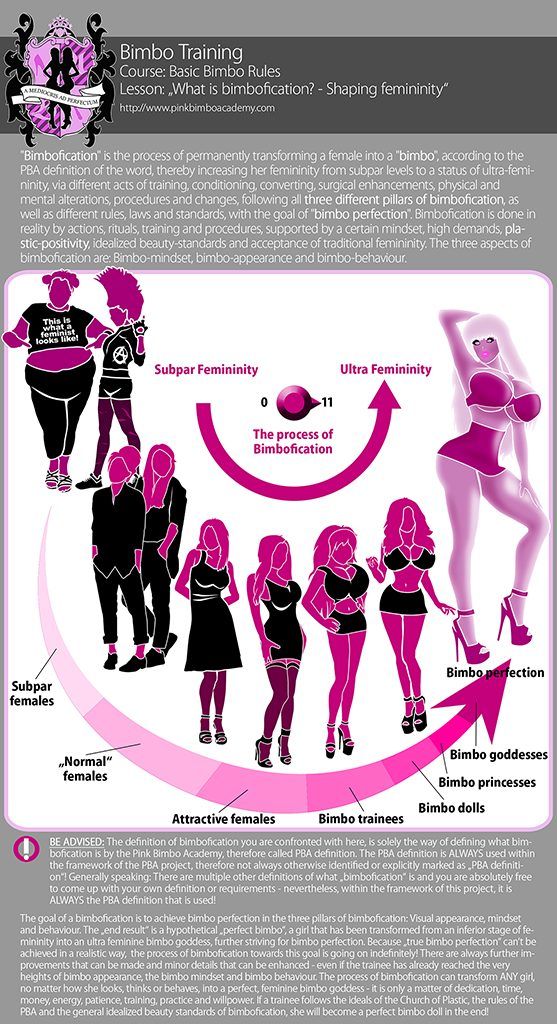 The most important thing is to have one and to have a future date that you’re working towards. This will keep you motivated with your daily practice!
The most important thing is to have one and to have a future date that you’re working towards. This will keep you motivated with your daily practice!
4. Feel your body
After you’ve learned the mechanics of the steps and routines, you need to make sure that you let your body “Feel” the movements so that all the steps and styling can really sink in to your muscle memory. You don’t want to be stuck in your head when you’re practicing or taking lessons, you need to be in “your body” to retain the dance moves, and progress faster.
After you got it pretty good, just put on the music and try to feel your body going with the music… This will also add enjoyment to your dancing.
5. Keep yourself inspired
It is critical to work on staying inspired and motivated with your getting better in dancing goal. Life gets in the way, so some days you will be more inspired than others… The key is to figure out some specific triggers that can energize you quickly to get back in the groove, whenever you’re not feeling it.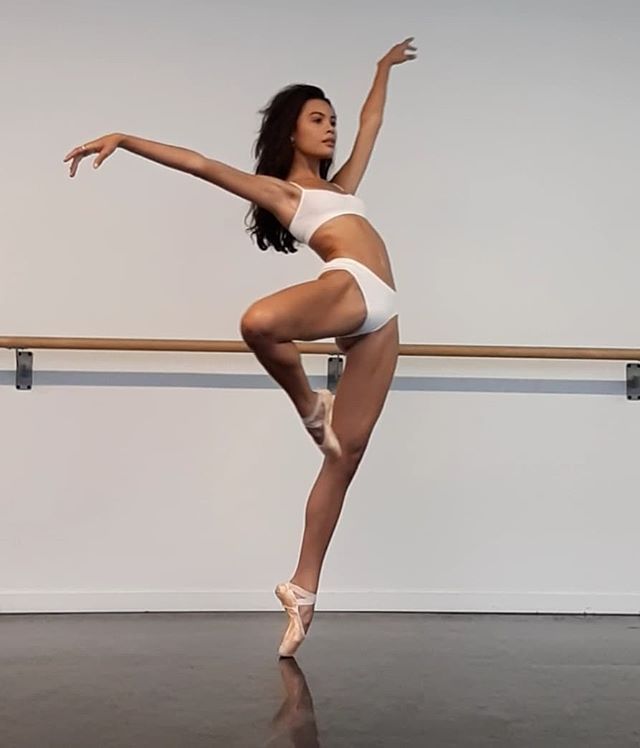
For example, let’s say you don’t feel like going to your dance practice today. What you can do is watch some videos of your favorite dancers performing your favorite choreography on youtube!
That should get you back on track fast.
Watch Video – 5 Tips For Improving As A Dancer:
What do you think? Leave a comment below.
By: Leon Turetsky
Professional dance instructor
Related:
More Dance Articles & Tips
Types of ballroom dances
Styles of Latin Dances
How to raise a healthy dance champion? — wellcomclub.ru
Myths are part of our life. And, sometimes the most "real". If we consider as a reality our conviction in their infallibility. Myths are especially tenacious if they form in a closed community. The dance world is one of the most closed and elite. Dance bewitches, delights, delights... Dancers, especially professional dancers, are surrounded by mysteries and legends. Their life and work is a very fruitful environment for the formation of myths. With one of the most common myths about the dance community, each of us, for sure, is familiar to each of us. And it sounds like this: "Dancers are the most harmoniously developed athletes, their movements are full of strength and grace, their bodies are an example of beauty and harmony. Dancing is the most useful and safe sport" . Looking at the perfect, graceful movements of elegant couples in stunningly designed costumes, you can hardly imagine what could be different. Strong, graceful, slender, very sexy bodies. Confident smiles. Style, beauty and perfection... The fate of happy people. Is it possible to wish for something else? Many parents, embodying in their children their dreams that did not come true for various reasons, do not see an alternative to dancing for their beloved children.
Dance bewitches, delights, delights... Dancers, especially professional dancers, are surrounded by mysteries and legends. Their life and work is a very fruitful environment for the formation of myths. With one of the most common myths about the dance community, each of us, for sure, is familiar to each of us. And it sounds like this: "Dancers are the most harmoniously developed athletes, their movements are full of strength and grace, their bodies are an example of beauty and harmony. Dancing is the most useful and safe sport" . Looking at the perfect, graceful movements of elegant couples in stunningly designed costumes, you can hardly imagine what could be different. Strong, graceful, slender, very sexy bodies. Confident smiles. Style, beauty and perfection... The fate of happy people. Is it possible to wish for something else? Many parents, embodying in their children their dreams that did not come true for various reasons, do not see an alternative to dancing for their beloved children. Even if he does not become a champion, he will gain experience in working with the body, experience in competitions, learn confidence and acquire a beautiful strong slender body. Dancing for many parents becomes a panacea for many problems with a child : they take all their free time, teach endurance, overcome difficulties, educate character. Despite the expensive pleasure, there are more and more children in dance schools every year. You can not blame parents for wanting to give their children the opportunity to become dancers. You can also not blame them for the fact that before sending a child to dance, few parents are interested in the other side of the issue, except for the financial one. The myth of the impeccable usefulness of dancing is so persistent that few people think of asking what kind of effects on children's health may involve the best intentions of parents. In general, the easiest way to find out what, besides money and time, dance classes are worth is to ask the trainers.
Even if he does not become a champion, he will gain experience in working with the body, experience in competitions, learn confidence and acquire a beautiful strong slender body. Dancing for many parents becomes a panacea for many problems with a child : they take all their free time, teach endurance, overcome difficulties, educate character. Despite the expensive pleasure, there are more and more children in dance schools every year. You can not blame parents for wanting to give their children the opportunity to become dancers. You can also not blame them for the fact that before sending a child to dance, few parents are interested in the other side of the issue, except for the financial one. The myth of the impeccable usefulness of dancing is so persistent that few people think of asking what kind of effects on children's health may involve the best intentions of parents. In general, the easiest way to find out what, besides money and time, dance classes are worth is to ask the trainers. No one, except the dancers themselves, can imagine what kind of work stands behind perfection. Tears, sweat, injuries... It makes no sense for coaches to hide the fact that only the most stubborn and hardworking will achieve champion titles. And before that, there will be years of painstaking work on staging technique, improving choreography, honing acting skills. But even few of the dancers imagine what kind of danger is fraught with the most beautiful and emotional sport . start dancing from early childhood . In order to grow a champion, it takes not only a lot of material investments, strength, hard training, but also remarkable health. Constant overwork, work at the limit of attention and physical strength during competitions (and there can be up to 20 of them a year), psychological overload ... All this is very strongly reflected in future champions. Can kids handle this stress? For many, driving to dance classes is work for the future, an investment in the future.
No one, except the dancers themselves, can imagine what kind of work stands behind perfection. Tears, sweat, injuries... It makes no sense for coaches to hide the fact that only the most stubborn and hardworking will achieve champion titles. And before that, there will be years of painstaking work on staging technique, improving choreography, honing acting skills. But even few of the dancers imagine what kind of danger is fraught with the most beautiful and emotional sport . start dancing from early childhood . In order to grow a champion, it takes not only a lot of material investments, strength, hard training, but also remarkable health. Constant overwork, work at the limit of attention and physical strength during competitions (and there can be up to 20 of them a year), psychological overload ... All this is very strongly reflected in future champions. Can kids handle this stress? For many, driving to dance classes is work for the future, an investment in the future. Champions make good money: in competition and teaching. But the world is cruel and only champions earn. Modern dance is a sport. In order for a child to begin to reap the fruits of his efforts, and his victories bring profit, you need to train to the limit. So the question is simple: in order to earn a lot for a long time, you need to 1) have a high limit and 2) be able to maintain this limit for as long as possible. The concept "weak link" is known to many. The "weak link" for many involved in sports is the spine. No wonder, considering how much work he does, and how all the stresses "kick" him in all departments! The spine for a dancer is his axis, the center of movement, the basis of an elegant spectacular pas. This means that a healthy spine must be maintained from an early age. On May 10, we went to school number 37, where she teaches dances to children Vasily Nikolaevsky , our student. Vasiliy came to our Dance Technique Improvement Workshop to find out what special fitness workouts would help children learn the correct technique faster.
Champions make good money: in competition and teaching. But the world is cruel and only champions earn. Modern dance is a sport. In order for a child to begin to reap the fruits of his efforts, and his victories bring profit, you need to train to the limit. So the question is simple: in order to earn a lot for a long time, you need to 1) have a high limit and 2) be able to maintain this limit for as long as possible. The concept "weak link" is known to many. The "weak link" for many involved in sports is the spine. No wonder, considering how much work he does, and how all the stresses "kick" him in all departments! The spine for a dancer is his axis, the center of movement, the basis of an elegant spectacular pas. This means that a healthy spine must be maintained from an early age. On May 10, we went to school number 37, where she teaches dances to children Vasily Nikolaevsky , our student. Vasiliy came to our Dance Technique Improvement Workshop to find out what special fitness workouts would help children learn the correct technique faster. But at the seminar, Vasily realized that for a good result, one dance technique is not enough, it is necessary that the children also have the correct body position during the dance training . The conclusion that Vasily made after the seminar: so that dances do not harm, you need to combine them with fitness activities . But fitness has to be special. Being a consistent and pedantic person, Vasily first came on his own, and together with his dance partner underwent a spine test in our office. Then, not dwelling on solving only his own problems, he decided to test his students. The earlier the problem is detected, the less consequences for the child and the greater the chance of a solution. Vasily conveyed this idea very clearly to the parents of his students. Parents, concerned about the health of their children, unanimously brought them to the diagnosis of the spine. Children - dancers, surprisingly, very calm and obedient, got up with interest to be photographed on the diagnostic grid, jumped on the couch with a smile and boldly allowed Lele Savosina to diagnose their spine "Mediscrinom-Vertebro" .
But at the seminar, Vasily realized that for a good result, one dance technique is not enough, it is necessary that the children also have the correct body position during the dance training . The conclusion that Vasily made after the seminar: so that dances do not harm, you need to combine them with fitness activities . But fitness has to be special. Being a consistent and pedantic person, Vasily first came on his own, and together with his dance partner underwent a spine test in our office. Then, not dwelling on solving only his own problems, he decided to test his students. The earlier the problem is detected, the less consequences for the child and the greater the chance of a solution. Vasily conveyed this idea very clearly to the parents of his students. Parents, concerned about the health of their children, unanimously brought them to the diagnosis of the spine. Children - dancers, surprisingly, very calm and obedient, got up with interest to be photographed on the diagnostic grid, jumped on the couch with a smile and boldly allowed Lele Savosina to diagnose their spine "Mediscrinom-Vertebro" . After the children happily ran away to training, Lelya had a conversation with the child's parent: she deciphered the results, advised, talked about the need for special exercises. Without talking aloud about rehabilitation, Lelya tried to give her parents an understanding of the seriousness of the current situation, and most importantly, the consequences. The conclusion after testing , on the one hand, was disappointing. Children involved in Latin American and standard types of dance have specific changes in the spinal system, which are superimposed on postural disorders and age and physiological characteristics. They need rehab fitness training. On the other hand, we were happy for the children - they have very smart and caring parents. It didn't take long for us to persuade them to make their children more prepared for present and future stresses. We, for our part, will be happy to help children improve their dance technique , be healthy and ready for any competition.
After the children happily ran away to training, Lelya had a conversation with the child's parent: she deciphered the results, advised, talked about the need for special exercises. Without talking aloud about rehabilitation, Lelya tried to give her parents an understanding of the seriousness of the current situation, and most importantly, the consequences. The conclusion after testing , on the one hand, was disappointing. Children involved in Latin American and standard types of dance have specific changes in the spinal system, which are superimposed on postural disorders and age and physiological characteristics. They need rehab fitness training. On the other hand, we were happy for the children - they have very smart and caring parents. It didn't take long for us to persuade them to make their children more prepared for present and future stresses. We, for our part, will be happy to help children improve their dance technique , be healthy and ready for any competition. Who knows, maybe among them are future world champions? Together with coaches and parents, we will be able to help kid dancers achieve and then hold the championship title for a long time. Many parents were very anxious and attentive to the information about the possibilities of personal training according to Method 9.0003 rehabilitation fitness . Our studio in the near future is waiting for new guests - dancers.
Who knows, maybe among them are future world champions? Together with coaches and parents, we will be able to help kid dancers achieve and then hold the championship title for a long time. Many parents were very anxious and attentive to the information about the possibilities of personal training according to Method 9.0003 rehabilitation fitness . Our studio in the near future is waiting for new guests - dancers.
Reviews
Please enable JavaScript to view the comments powered by Disqus.
Share
What it means to be a ‘Social Dancer’
Being a social dancer is amazing. This means that, deep down, you feel the desire to connect with other human beings. This means that you strive to show attention and care towards other people and be on the same wavelength with them. We want to direct our energy into creativity and receive in return amazing emotions that are present only in the present and will never be repeated anywhere else. Being a social dancer means looking inward, not outward. This means that you are able to accept and keep in your field of attention everything that is around you. Music, partners, gender, air: social dance requires you to be mindful of everything. It is worth missing one thing - and the whole picture will collapse. It's a delicate balance - one that takes years to perfect - and we're constantly thinking about how to make it even better. Being a social dancer means that you are ready to take care of another person. It is both a willingness to share the magic of dance with those whose journey into the world of dance has begun a long time ago, and a desire to slow down to help someone embark on a path that can change their life. It is this kindness that distinguishes true social dancers from all others. This means that you are aware of both your own limits and the limits of other people's possibilities - without judgment or judgment. Being a social dancer means we value connection over aesthetics, kindness over selfishness, and people over movement. Ultimately, for a great social dancer, it's not so much about having a brilliant command of technique as it is about wanting to create magic between us and the people around us. We can all be social dancers. But only if it is our conscious choice. It's very easy to go astray and chase after the glitz, glamour, and the desire to forget what happened at the very beginning. But, by and large, we should remember these first steps with gratitude. Without our first steps, our dance would be nothing - it would be a short and fleeting flash. We can decide for ourselves: to remember the social component in the dance or forget about it. And, unlike many other things, we want to experience these magical moments together with a partner.
And, unlike many other things, we want to experience these magical moments together with a partner.  And you perceive these limitations not as a problem, but as something that can be improved, corrected or beaten. It is the ability to inspire—both yourself and others—rather than criticize them.
And you perceive these limitations not as a problem, but as something that can be improved, corrected or beaten. It is the ability to inspire—both yourself and others—rather than criticize them.








